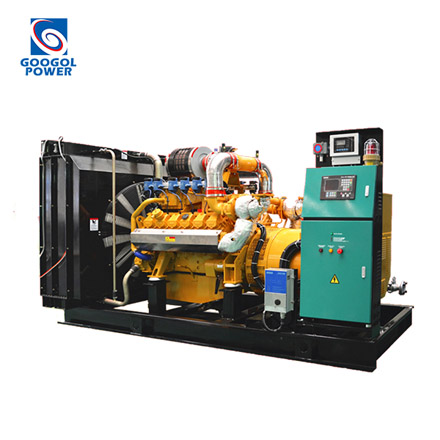- HOME
- ABOUT GOOGOL
- PRODUCTS
DIESEL ENGINE
GENERATOR SETS
- DOWNLOAD
- CASES
- NEWS
- CONTACT US
The fault code”WGP”in a gas engine typically refers to the electronic control system’s fault code used to identify and diagnose engine issues. Below is a 900-word article about the WGP fault code in gas engines for your reference. WGP fault codes generally consist of a combination of numbers and letters, each representing a specific fault or fault combination.
Types and Meanings of WGP Fault Codes
WGP fault codes are usually categorized as either intermittent or permanent fault codes. Intermittent fault codes refer to temporary faults that might cause unstable engine operation or irregularities. Here are some common WGP fault codes and their meanings:

P0000:Undefined or Undetected Fault
P0001:Air Flow Meter Fault
P0002:Oxygen Sensor Fault
07:Vehicle Speed Sensor Fault
P0008:Engine Overheating Fault
P0009:Poor Fuel Quality or Gasoline Absence
P0010:Camshaft Position Sensor Fault
P0015:Fuel Control System Fault
P0016:Emission Control System Fault
P0017:Poor Vehicle Speed Sensor Signal or Incorrect Gear
P0018:Engine Overload
P0019:Engine Failure to Start or Operate Properly
Inspecting and Rectifying WGP Fault Codes
Inspecting and resolving WGP fault codes typically involve the following steps:
Inspecting the engine’s air filter.
Checking the engine’s circuits and connectors for normal operation and replacing or repairing if issues arise.
Verifying the engine’s control module for normal operation and replacing or repairing if issues arise.
In conclusion, WGP fault codes are a vital part of the gas engine’s electronic control system, aiding engineers in swiftly pinpointing and rectifying engine faults. When inspecting and addressing WGP fault codes, it’s crucial to carefully interpret the fault code meanings and conduct investigations and repairs based on the actual circumstances. If necessary, contact professional technicians for repairs.